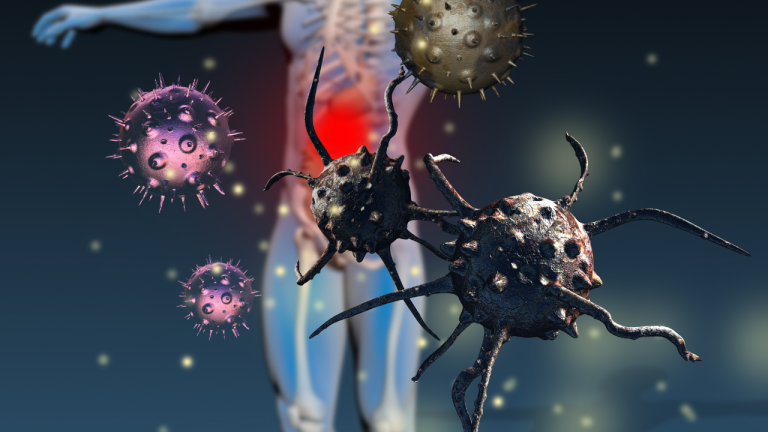Urban Green Spaces: The Future of Outdoor Living in European Cities by 2025
Introduction to Urban Green Spaces
Urban green spaces are becoming increasingly important in European cities, as they provide a range of benefits for both the environment and human health. Urban green spaces refer to areas of greenery within urban environments, such as parks, gardens, and green roofs. These spaces are not only aesthetically pleasing, but they also play a crucial role in promoting sustainability, improving air quality, and mitigating the urban heat island effect.
The Benefits of Urban Green Spaces
The benefits of urban green spaces are numerous and well-documented. Some of the most significant advantages include:
- Improved air quality: Urban green spaces help to remove pollutants from the air, improving respiratory health and reducing the risk of respiratory diseases.
- Climate regulation: Green spaces can help to regulate the urban climate, reducing the urban heat island effect and mitigating the impacts of extreme weather events.
- Biodiversity conservation: Urban green spaces provide habitats for a range of plant and animal species, helping to conserve biodiversity and promote ecosystem services.
- Recreational opportunities: Green spaces provide opportunities for recreation, socialization, and relaxation, improving mental and physical health.
Examples of Urban Green Spaces in European Cities
There are many examples of successful urban green spaces in European cities. Some notable examples include:
- Paris: The city’s green spaces, such as the Luxembourg Gardens and the Bois de Vincennes, cover over 25% of the city’s area.
- London: London’s green spaces, including Hyde Park and Regent’s Park, provide a range of recreational opportunities and help to mitigate the urban heat island effect.
- Amsterdam: The city’s green roofs and walls, such as the Amsterdam City Hall, provide habitats for wildlife and help to reduce energy consumption.
Challenges and Opportunities for Urban Green Spaces
Despite the many benefits of urban green spaces, there are also challenges and opportunities that need to be addressed. Some of the key challenges include:
- Urbanization and densification: The increasing density of urban populations can lead to the destruction of green spaces and the loss of biodiversity.
- Climate change: Climate change poses a significant threat to urban green spaces, as changing weather patterns and increased temperatures can alter ecosystems and reduce biodiversity.
- Funding and maintenance: Urban green spaces require funding and maintenance to ensure their continued health and functionality.
However, these challenges also present opportunities for innovation and growth. Some potential solutions include:
- Green infrastructure: Investing in green infrastructure, such as green roofs and walls, can help to mitigate the urban heat island effect and improve air quality.
- Community engagement: Engaging local communities in the planning and maintenance of urban green spaces can help to promote a sense of ownership and responsibility.
- Technological innovation: Leveraging technological innovations, such as urban forestry and green space management software, can help to optimize the management and maintenance of urban green spaces.
Conclusion
Urban green spaces are a vital component of sustainable and resilient cities. By prioritizing the creation and maintenance of these spaces, European cities can promote sustainability, improve air quality, and enhance the quality of life for their citizens. As we look to the future, it is essential that we continue to innovate and invest in urban green spaces, ensuring that they remain a thriving and integral part of our urban environments.






